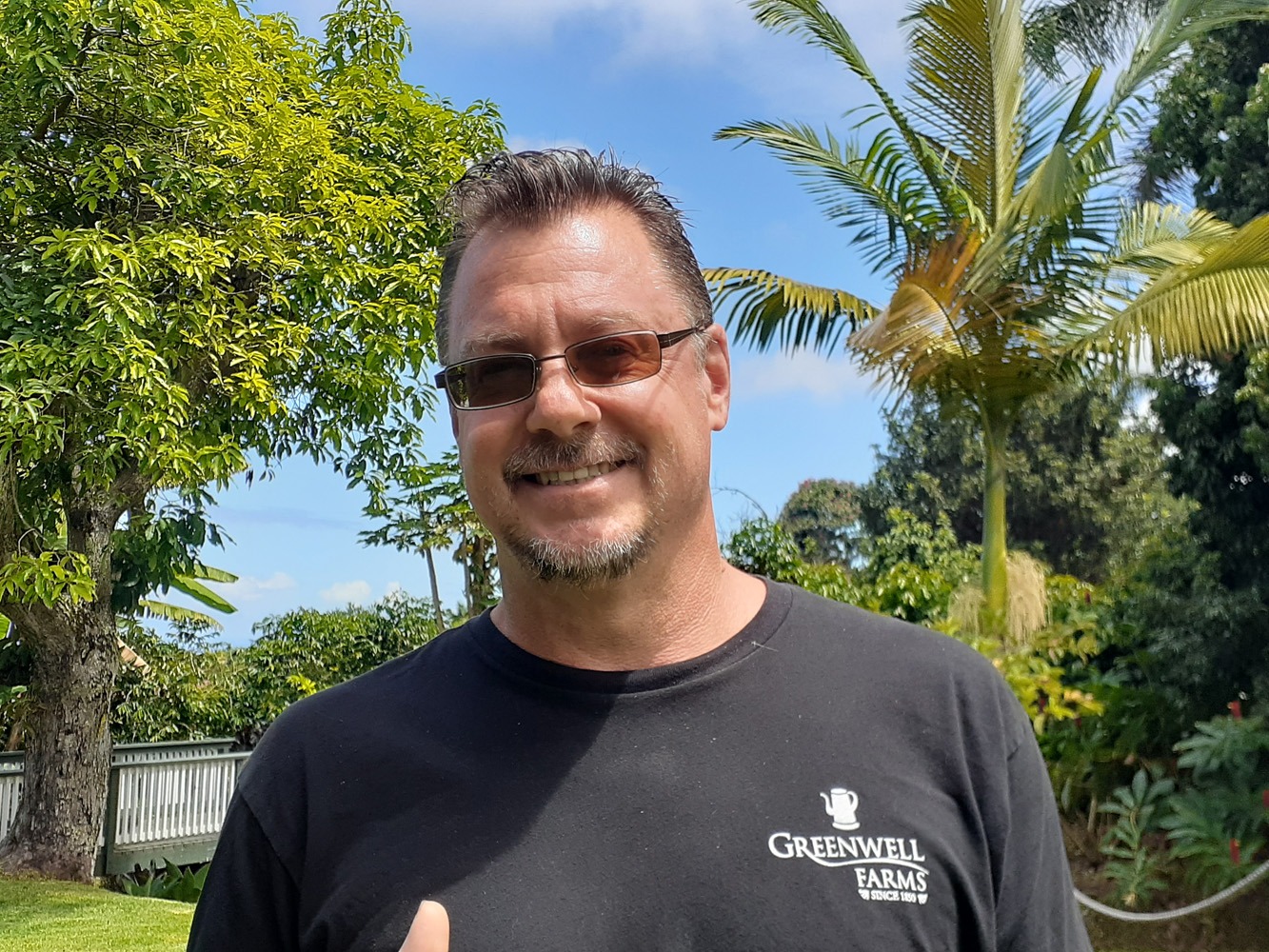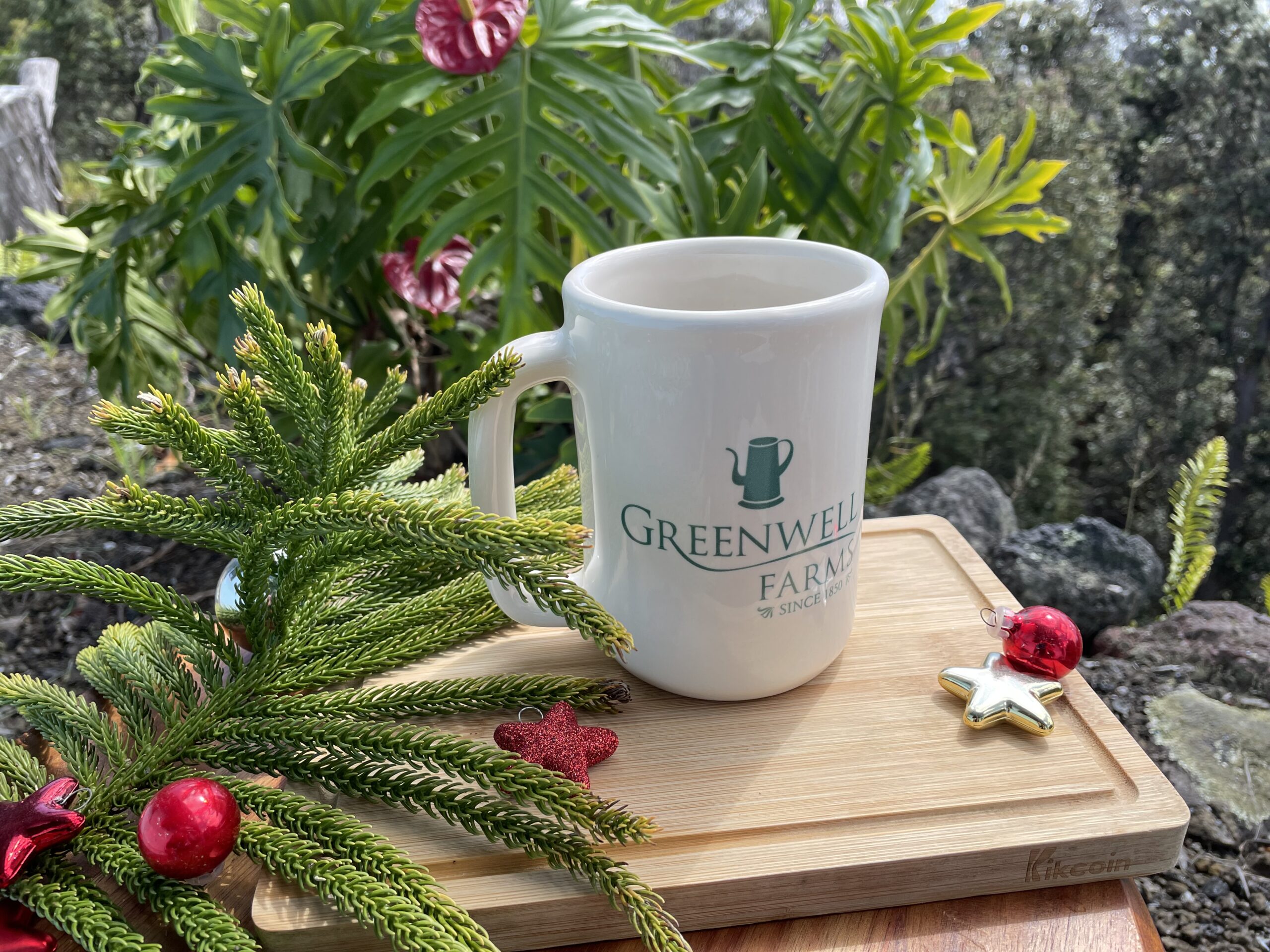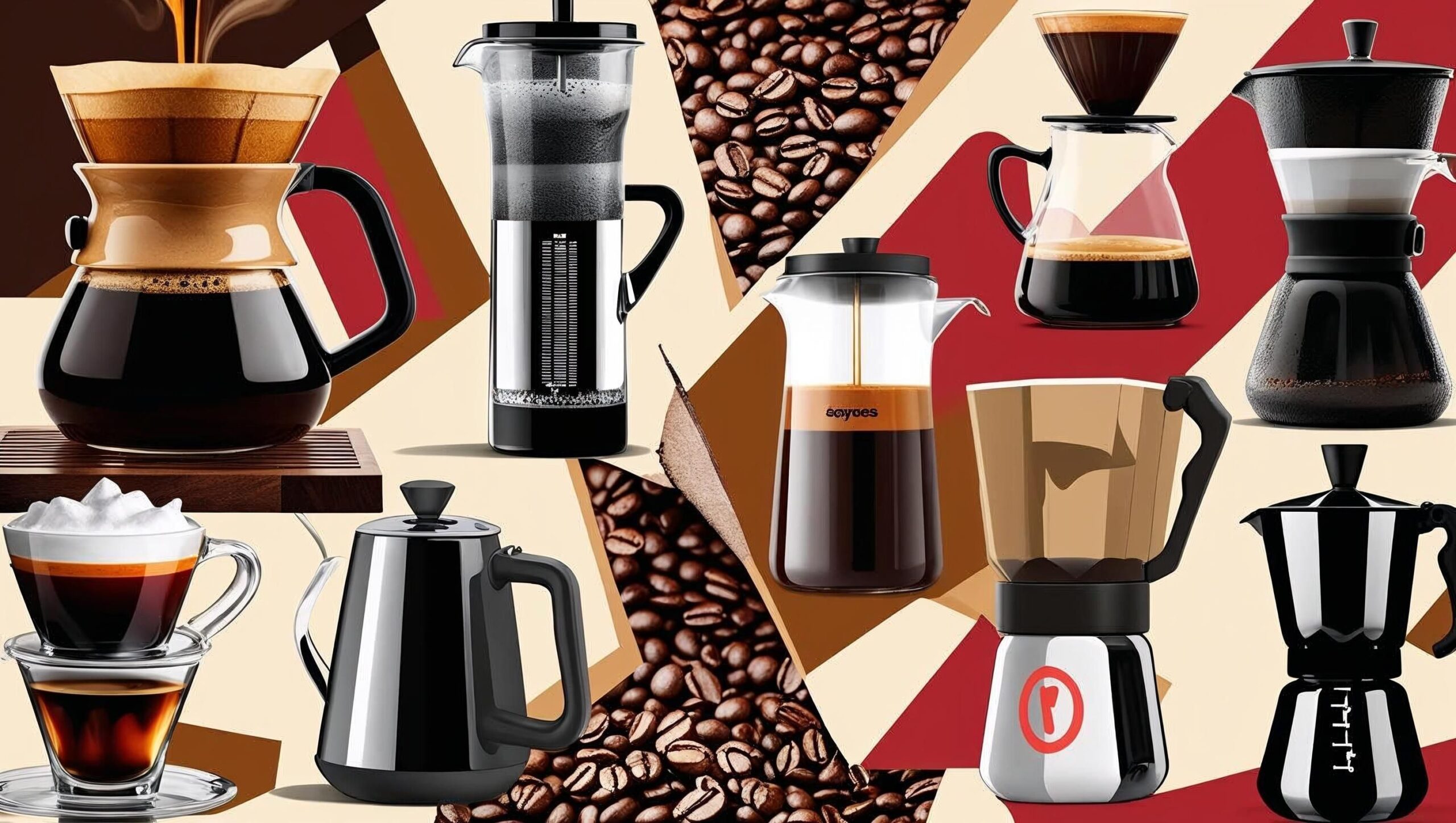The State Of Kona Coffee
Currently, Coffee is grown on five Hawaiian Islands and in eight distinct regions. Since the 1980’s and more intensively through the early 2000’s, the Islands have seen the introduction of many (25+) new coffee varieties and innovative processing methods, creating unique and varied cup profiles. Year after year, we see a balancing act between the varietals that Kona built its reputation on, and all of the modern entries. Cupping competitions in Hawaii now distinguish between Heritage and Creative Divisions to honor both.
There is no doubt that growers in many regions throughout the state have consistently and valiantly improved their coffee quality. The industry has never been stronger overall.
The Good
Within that, the Kona Coffee belt has a unique position. It is still the largest coffee-producing region with about 4,000 acres under cultivation. Additionally, Kona has the longest heritage as a recognized coffee industry that comes with a knowledge base, infrastructure, and strong traditions. All of those things have pluses and minuses.
Kona also has the most recognized name brand, although “Hawaiian Coffee” is more and more on the radar of consumers.
As far as the environmental conditions for growing coffee, Kona still holds a special place in the overall industry, and consistently high-quality and spectacular cup profiles come out of the Kona Coffee belt year after year.
While it is more expensive to farm coffee due to pests, fungi, new laws, and cost of inputs, the demand for 100% Kona Coffee continues to grow as new markets around the world are experiencing award-winning coffee from Kona, and this puts upward pressure on the price per pound. A great interweaving of agricultural research, University of Hawaii Tropical Extension, innovations in data collection from the fields, farms willing to experiment and new technologies (drones, optical sorters, new AI technologies) have all helped the industry manage the complexities of farming coffee in the United States.
The industry associations like the Hawaii Coffee Association and the Kona Coffee Farmers’ Association continue to provide educational opportunities, healthy competition, accountability, and access to resources that help farmers when they encounter an unknown situation.
The passing of recent laws (Act 198), further protecting the Kona brand name and their implementation over the next couple of years, should help with deceptive labelling and further protect future quality and brand integrity.
The Challenges
Of course, like any farming venture, it’s not all Champagne and Roses. Labor shortages and costs continue to be an issue. Picking coffee by hand is hard work and expensive, but in Kona, every fruit has value, and hand harvest is still the way.
Increased competition and intense marketing campaigns for the various coffee-growing regions, as well as a host of misinformation about mold, deforestation, and the medicinal benefits of coffee, all tend to cloud the waters for the specialty coffee market.
Modern consumers demand more accountability in terms of sustainability, ethical sourcing, and overall supply chain transparency, which is not a bad thing, but challenges heritage farms to present their story clearly and highlight all of the extra steps they take to be a responsible steward of the land.
The protective moat (the Pacific Ocean) that used to protect Hawaii’s coffee no longer applies as people fly right over it. Even with strict biosecurity protocols in place, most of the problems that have harmed coffee globally have made their way into Hawaii. Predominantly human spread. Not maliciously, but it just takes someone visiting another coffee region, forgetting they had a pocket full of fruit, and then coming to Hawaii on vacation, and we have what they had.
Although Kona Coffee hasn’t seen major changes due to global climate change, other coffee regions in the world have, and we should anticipate over the long run to see some shifting in our environment. As Hawaii is considered the North Pole of Coffee (The state of Hawaii is 19-22 degrees North Latitude, just below the tropic of Cancer), we will be the last coffee growing region to feel the changes. My understanding is that the closer to the equator you are, the more significant the changes.
The View from the Ground
From the ground here in Kona, this year’s Harvest has been early and amazing. The fruit quality is excellent this year, and as we engage with visitors from all over the world, we see an emerging appreciation for higher quality coffee. The trees are healthy, the current problems are being managed, and although we will always face new and as yet unknown challenges, Kona Coffee farmers have shown a resilience over its 175-year history, and as a new generation begins to take over, we should expect the same level of commitment and innovation that Kona has built its reputation on.

Matt Carter is a retired teacher (1989-2018), part-time musician, farmer, and currently manages Greenwell Farm’s Tour and Retail Store Operations.







100% Kona coffee is still the very best coffee I’ve ever tasted in my 62 years on this earth! As a treat, I still order some from Greenwell Farms about twice a year. (I toured the Farms about 20 years ago.) But, as coffee prices continue to rise, I find that prices of coffee beans from local roasters in Michigan are approaching Greenwell’s prices! I guess that just means I’ll be ordering more Kona!
Nice article. As I sit here enjoying your fantastic coffee I began to wonder if there are any environmental issues that I should be concerned with. Specifically, is Greenwell using pesticides (and if so, which ones) during the growing period. I realize that there is a delicate balance between production and protecting the coffee beans. Could you comment please?
Thanks
see this link for more answers:
https://www.greenwellfarms.com/pages/sustainability?srsltid=AfmBOoqG6KAB1GhwiEI3tLIByIwUpiE3i6dnbwTA_LtmJUGlKgMuSSxb